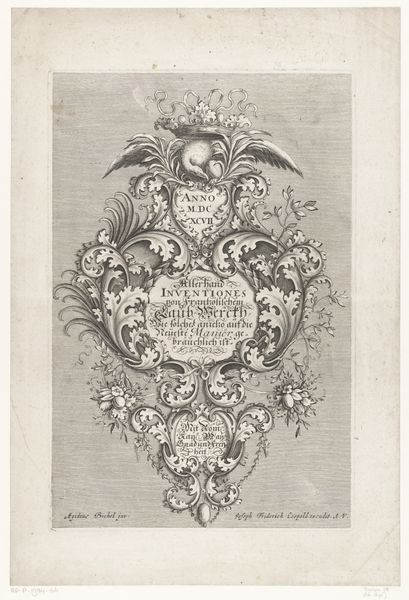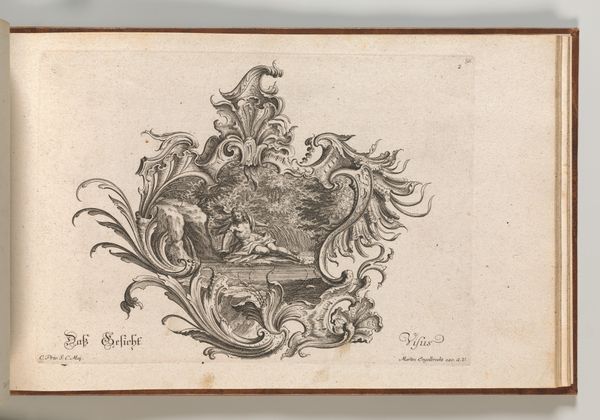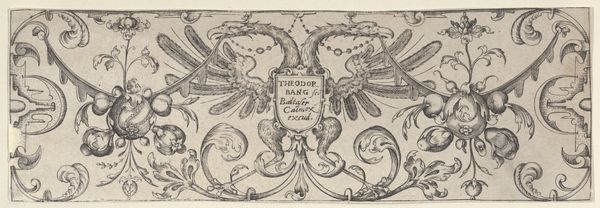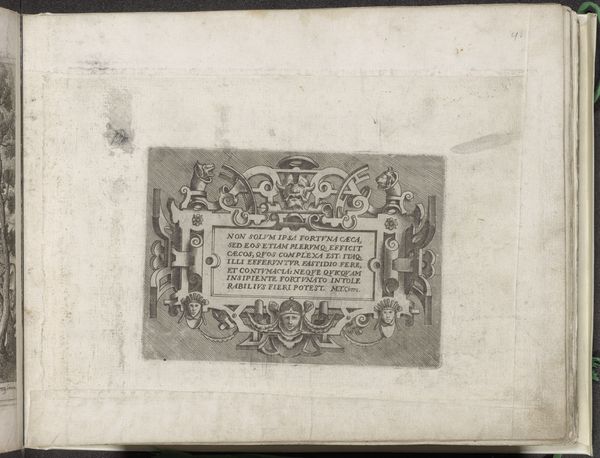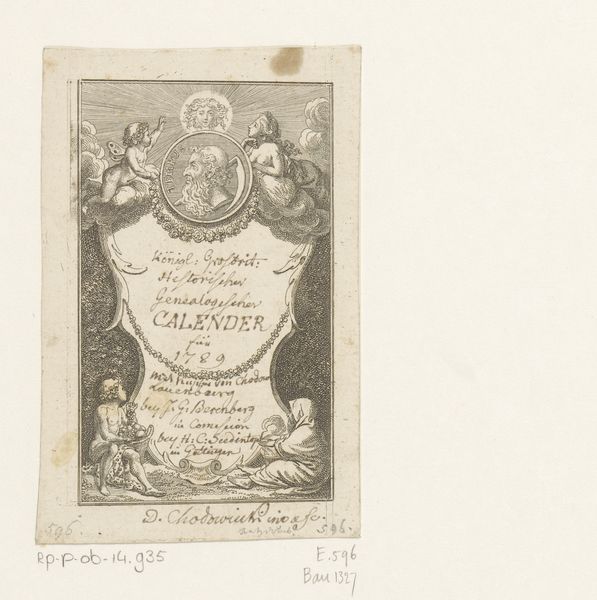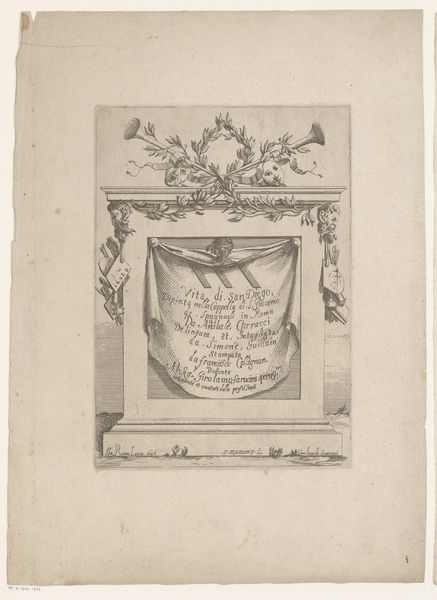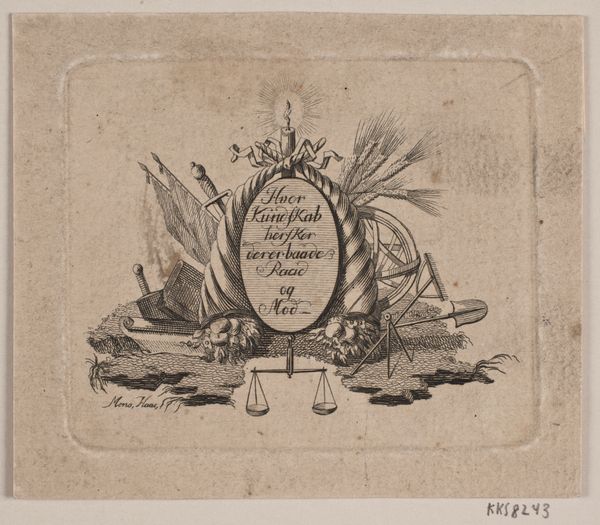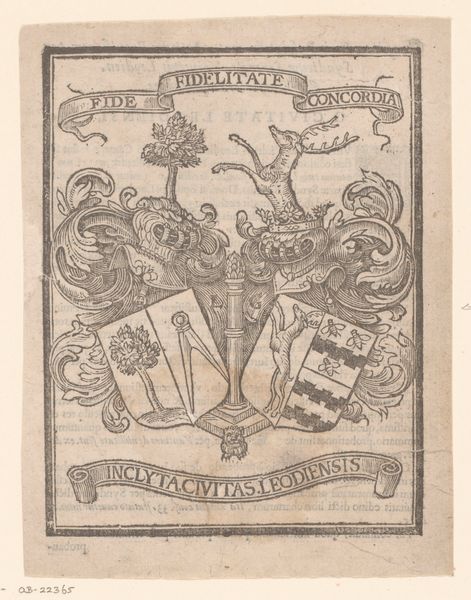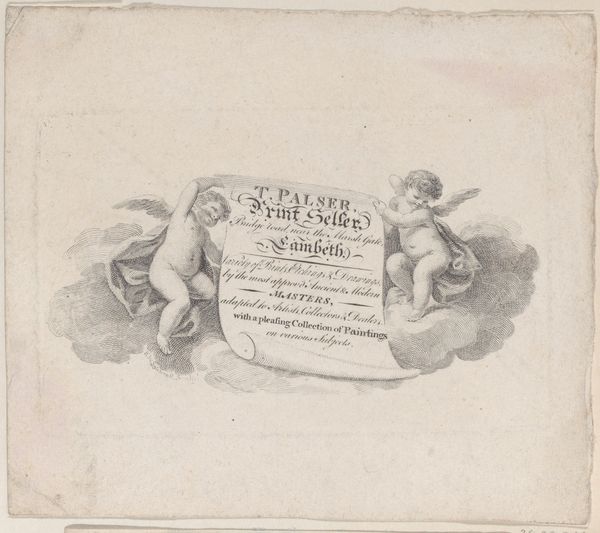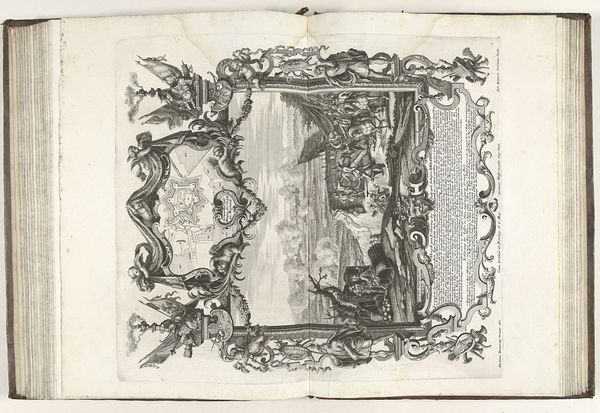
Trade card for William Allen, Map and Print Seller in Dublin 1771 - 1835
0:00
0:00
Dimensions: Sheet: 3 9/16 in. × 4 in. (9 × 10.2 cm)
Copyright: Public Domain
Curator: Well, this engraving, titled "Trade card for William Allen, Map and Print Seller in Dublin," dating roughly from 1771 to 1835, presents a fascinating example of commercial artistry. It resides at the Metropolitan Museum of Art. Editor: My first impression is ethereal; these cherubic figures almost float, buoyed by wisps of clouds beneath the central cartouche. There's a definite sense of Baroque flourish, despite its commercial function. Curator: Precisely. The card’s creation tells a story about production and consumerism in 18th and 19th-century Dublin. The materials, likely affordable paper and readily available engraving tools, speak to widespread commercial activity. The skill required indicates specialized labor, and the cards themselves facilitated economic transactions and built networks. Editor: I find the iconography compelling. The putti, one blowing a horn and another holding what looks like a caduceus, point to intertwined ideas of announcement, communication, and perhaps even knowledge, considering the trade in maps. What's the significance of number "32"? Is it Allen's street address? Curator: Yes, number 32 must reference the location. This simple numeric claim embedded inside a cartouche becomes both information and symbolic claim of authority! What makes the object interesting to me is that this highly reproducible print was not about 'art' as some special skill but the industrialization of graphics for marketing. Editor: Agreed, and thinking about symbolism in a more general sense, clouds and putti also speak to the power of divine endorsements. Maps provide an interesting insight as their imagery allowed common people of the period to understand scale, power and place as extensions of empire. So, there is much being visually communicated, here! Curator: In this sense, "Trade card for William Allen, Map and Print Seller in Dublin," collapses supposed hierarchies of art and craft in fascinating ways, speaking volumes about the material and social circumstances of its creation. Editor: Yes, on closer inspection, I’m struck by how cleverly Allen deployed those potent and familiar images to attract business. They elevated his map-selling to a practice almost akin to civic pronouncements or ancient, wise understanding! It really goes to show you the importance of trade cards in shaping not just commerce but perception as well.
Comments
No comments
Be the first to comment and join the conversation on the ultimate creative platform.



